Rock Polypody
- October 10, 2023
- 0 comment
Rock Polypody, scientifically known as Polypodium virginianum, is a captivating fern species native to the eastern and central regions of North America. This fern is renowned for its ability to flourish in rocky habitats, particularly limestone outcrops, crevices, and mossy cliffs. Its distinguishing features include vibrant green fronds with pinnately divided, lance-shaped leaflets, which create a striking, feathery appearance.
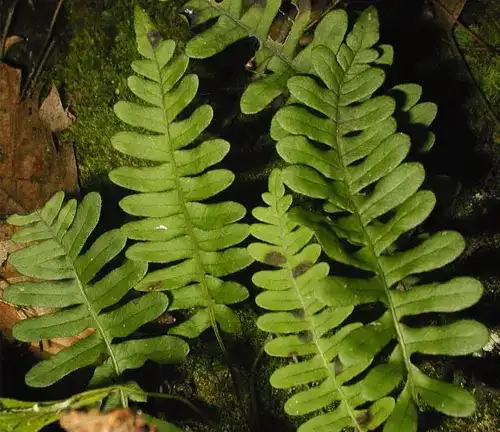
The Rock Polypody’s adaptability to harsh conditions and its preference for calcareous substrates makes it a fascinating botanical subject. Beyond its aesthetic appeal, this fern plays a crucial ecological role by providing refuge for insects and other small creatures. Polypodium virginianum serves as a testament to nature’s resilience and beauty, enchanting both botany enthusiasts and those who encounter it in its natural rocky habitats.
| Characteristics | Description |
| Scientific Name | Polypodium virginianum |
| Common Name | Rock Polypody |
| Native Region | Eastern and Central North America |
| Habitat | Rocky outcrops, limestone crevices, mossy cliffs |
| Frond Characteristics | Vibrant green, pinnately divided, lance-shaped leaflets |
| Size | Typically grows to a height of 6-12 inches (15-30 cm) |
| Growth Form | Compact and clumping |
| Preferred Substrate | Calcareous (rich in calcium) soils and rocks |
| Ecological Role | Provides habitat and shelter for insects and small creatures |
| Adaptability | Thrives in challenging, rocky environments |
| Conservation Status | Generally not considered threatened or endangered |
Botanical Beauty of “Rock Polypody”
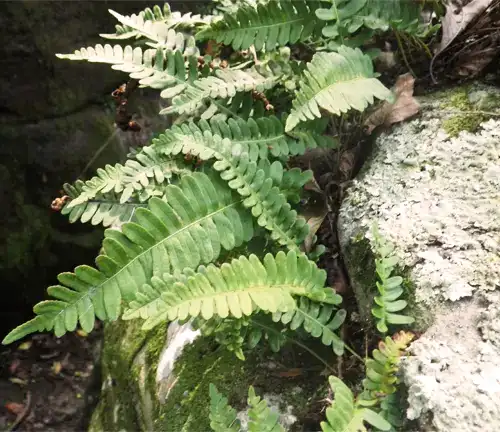
Rock Polypody, scientifically known as Polypodium virginianum, is a captivating fern species native to the eastern and central regions of North America. Its delicate, lace-like fronds and remarkable adaptability make it a beloved feature of the natural world. Let’s delve into the various facets of this botanical gem and explore its significance in both natural ecosystems and horticulture.
Woodland Elegance
One of the defining characteristics of the Rock Polypody is its striking appearance. The fronds of this fern are a brilliant shade of green, with intricately pinnately divided leaflets that give them a feathery, elegant look. Its unique form adds a touch of woodland charm to rocky habitats, making it a favorite among nature enthusiasts and gardeners alike.
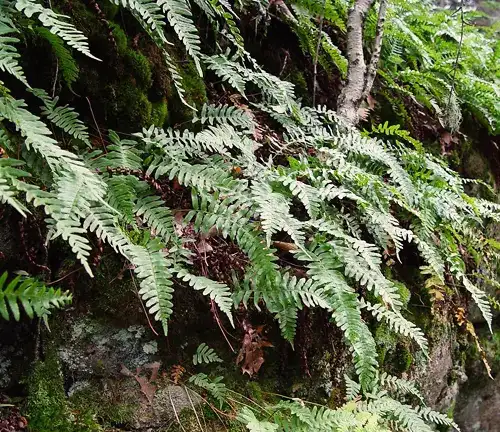
Ecological Importance
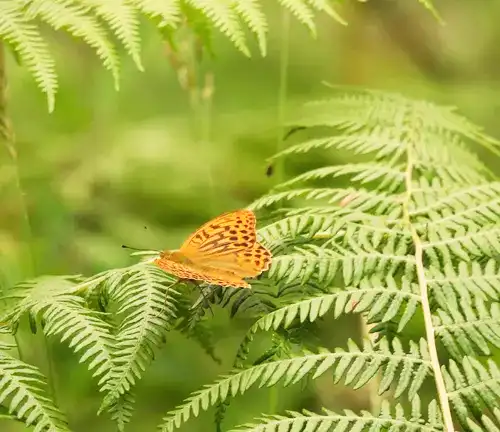
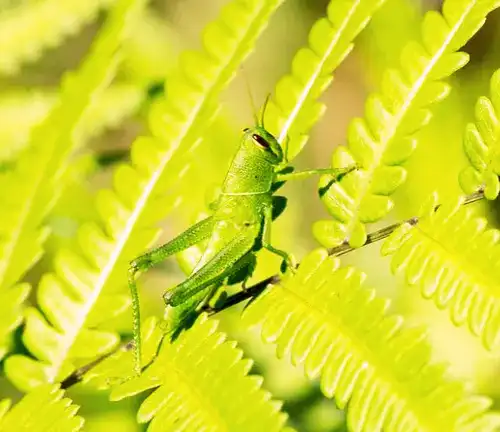
Beyond its aesthetic appeal, Rock Polypody plays a crucial role in its ecosystem. This fern provides shelter and habitat for various insects and small creatures. Its ability to thrive in rocky outcrops and crevices makes it an essential component of biodiversity in these harsh environments. Rock Polypody’s presence contributes to the overall health and stability of the ecosystems it inhabits.
Cultivation and Conservation
For those who appreciate its beauty, cultivating Rock Polypody can be a rewarding endeavor. While it’s a self-sustaining plant in the wild, gardeners and horticulturists can also grow it in suitable conditions. However, it’s important to be mindful of conservation efforts, as over-harvesting from natural populations can threaten this fern’s survival. Ethical cultivation practices can help protect its delicate balance in the wild.
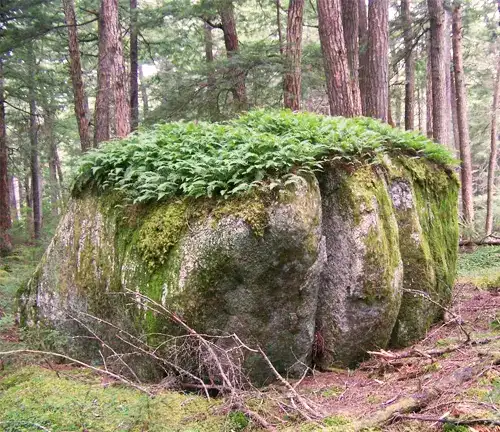
Fragrance
One unique aspect of Rock Polypody is its fragrance. When crushed or bruised, the fronds emit a pleasant, earthy scent. This aromatic quality adds an extra layer of appeal for those who encounter it in its native habitat or cultivate it in their gardens.
Soil Stabilization
Rock Polypody also plays a practical role in soil stabilization. Its robust root system helps bind loose soils on rocky slopes and cliffs, reducing erosion and preventing landslides. This function is particularly valuable in areas where soil stability is a concern, showcasing the fern’s ecological versatility.
Common Uses
While primarily appreciated for its ornamental value, Rock Polypody has historical uses in herbal medicine. Some Indigenous cultures in North America have utilized parts of the plant for various purposes. However, it’s important to exercise caution and respect when considering any harvesting or utilization of this fern.
Benefits
In summary, Rock Polypody is a botanical wonder that enriches the natural world in many ways. Its elegance, ecological importance, and fragrance make it a captivating species, both in the wild and in cultivated gardens. By understanding and appreciating its role in ecosystems and practicing responsible cultivation, we can ensure the continued beauty and vitality of the Rock Polypody for generations to come.
Different Species
Polypodium californicum
(California polypody)
Found in California and other parts of western North America. It is a small fern that typically grows on rocky outcrops and cliffs.

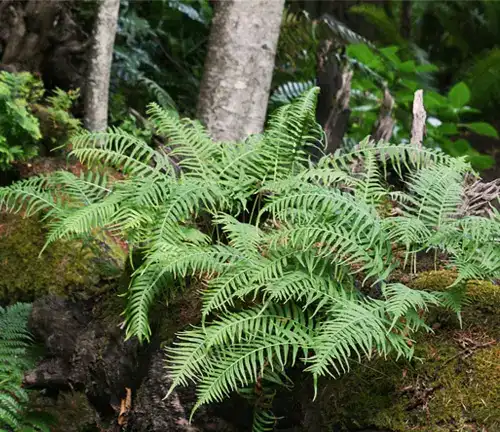
Polypodium glycyrrhiza
(Licorice fern)
Native to the Pacific Northwest of North America, this fern is known for its sweet licorice-like rhizome. It often grows on rocks, tree trunks, and mossy logs.
Polypodium virginianum
(Rock polypody or Eastern rock fern)
This species is native to eastern North America and is commonly found on limestone rocks, cliffs, and boulders. It has distinctive fronds and is often used in horticulture.
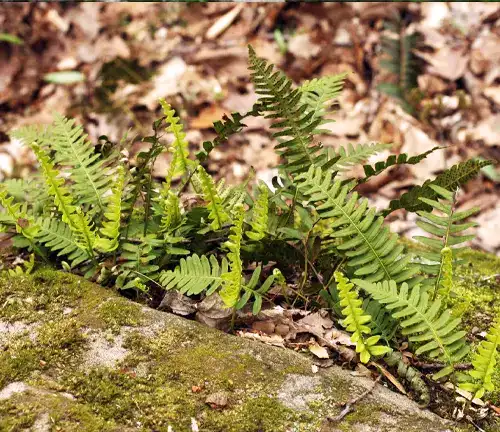
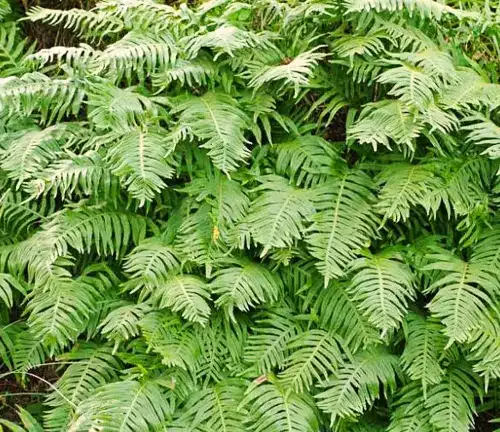
Polypodium cambricum
(Southern polypody or Welsh polypody)
Found in Europe, including the British Isles, this fern prefers acidic rocks and crevices in limestone. It is also grown as an ornamental plant.
Polypodium vulgare
(Common polypody)
This is a widespread species found in Europe, Asia, and North America. It is adaptable and can grow on various types of rocks and in a variety of habitats.

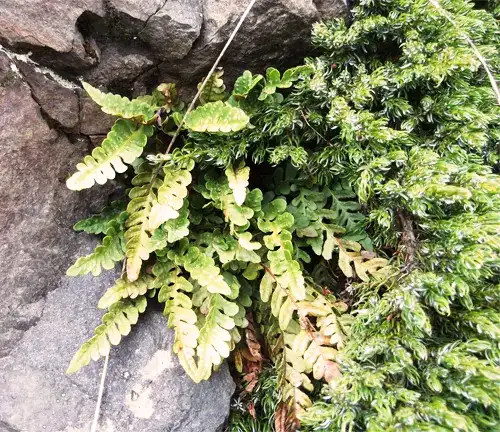
Polypodium amorphum
(Shapeless rock fern)
Native to North America, this fern species can be found in the western United States. It typically grows on rocks and boulders in rocky habitats.
Polypodium hesperium
(Western polypody)
Another species found in western North America, it is known for its distinctive fronds and is often found on rocks and cliffs.

Frequently Asked Questions (FAQs)
- What is rock polypody?
Rock polypody is a group of fern species that are adapted to growing in rocky environments. They are known for their ability to thrive on rocks, cliffs, and crevices. - Where can I find rock polypody ferns?
Rock polypody ferns can be found in various regions around the world, depending on the specific species. They are often seen on rocky outcrops, cliffs, boulders, and tree trunks. - How do rock polypody ferns survive on rocks?
Rock polypody ferns have adapted to rocky environments by developing specialized rhizomes that can cling to and penetrate cracks and crevices in rocks. They are also drought-tolerant and can endure harsh conditions. - Are rock polypody ferns suitable for cultivation in gardens?
Yes, some species of rock polypody can be cultivated in gardens, especially those that are native to your region. They are typically low-maintenance and can add a unique texture and visual interest to rock gardens. - What are the ideal growing conditions for rock polypody ferns in a garden?
Rock polypody ferns generally prefer partial to full shade and well-drained, rocky or sandy soil. They thrive in areas with high humidity and consistent moisture levels. - Are rock polypody ferns evergreen or deciduous?
Many rock polypody ferns are evergreen, meaning they retain their foliage year-round. However, some species may be deciduous in colder climates. - Do rock polypody ferns produce spores for reproduction?
Yes, rock polypody ferns, like other ferns, reproduce through spores. They have specialized structures called sporangia on the undersides of their fronds where spores are produced. - Can I transplant rock polypody ferns from the wild to my garden?
It’s generally not recommended to collect wild rock polypody ferns because they play a crucial role in their natural ecosystems. Instead, consider purchasing nursery-grown specimens for your garden. - Do rock polypody ferns have any medicinal or culinary uses?
Some indigenous peoples have used certain rock polypody species for medicinal purposes, but they are not commonly used in modern herbal medicine or cuisine. - Are rock polypody ferns invasive?
Rock polypody ferns are not typically considered invasive species. However, it’s essential to choose native species for your garden to prevent potential ecological disruptions.


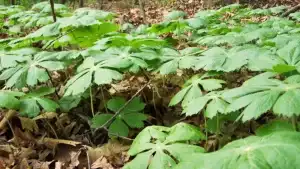

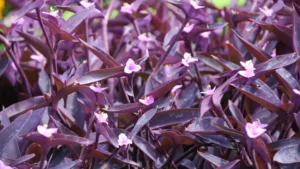
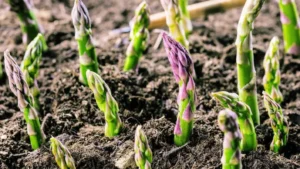



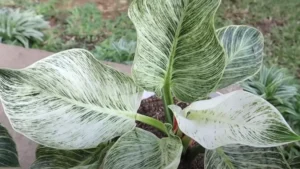
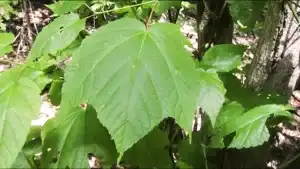
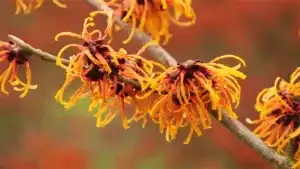
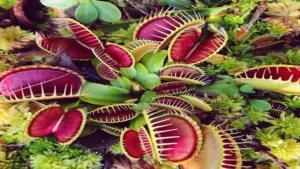

Leave your comment